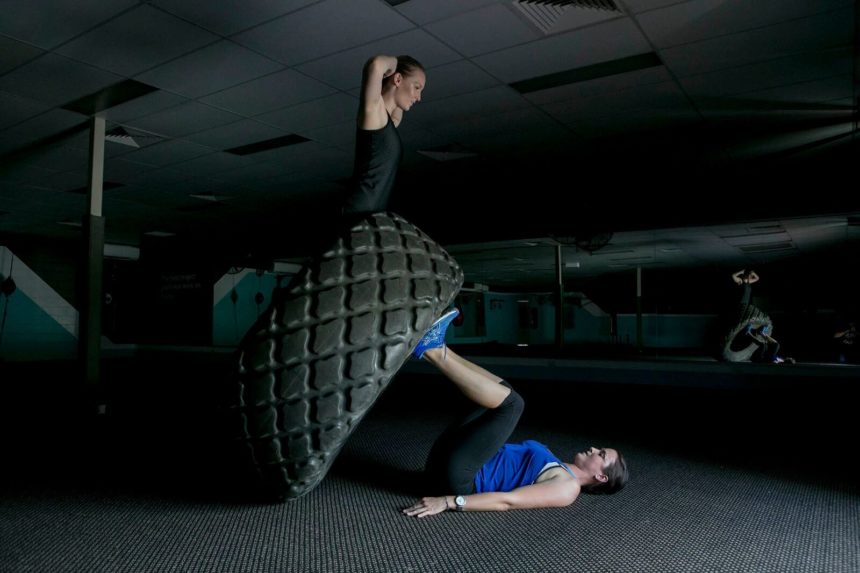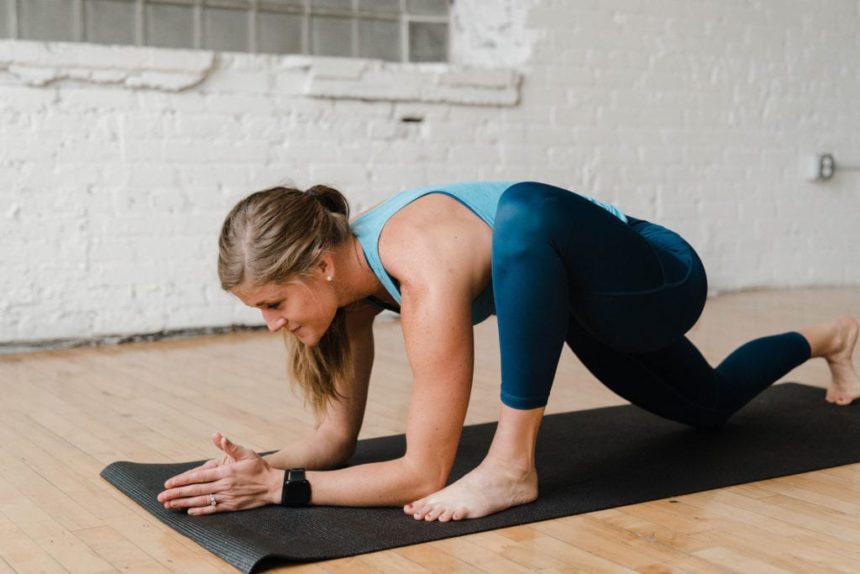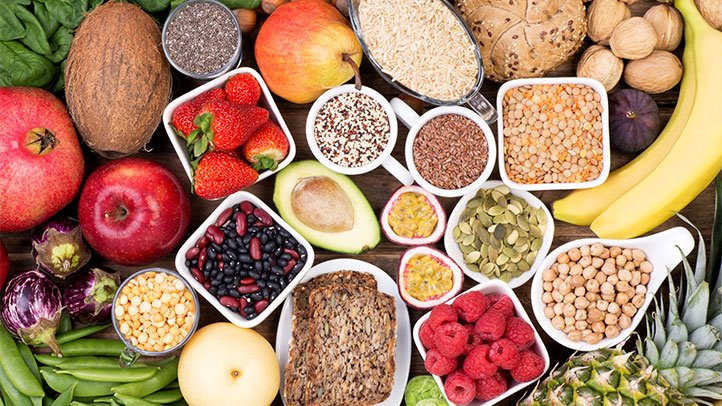Are Low Intensity Workouts the newest HIIT replacement?
The High Intensity Training vs. Low Intensity Training debate has a rivalry stronger than the Maroons and the Blues (Go QLD!). Recently however, HITT has become the most popular way to work out and the “go-hard or go-home” motto has encouraged us to lift heavy and train hard. Combine this with the fitness trends of social media, and the benefits of low intensity work are quickly overshadowed. It is surprising then to see a sudden revival in LISS (Lower Intensity Steady State) as people begin to look beyond the high intensity hype. LISS is proving to be an attractive alternative for those wanting to train not as hard [as HIIT] but not “go home” either. Could this spark the end of the HIIT era? Perhaps a bit of a stretch, but we do believe that LISS is back in the limelight, and important to couple both for a maintainable fitness regime.
What is LISS and how is it different to HITT?
As the name suggests, LISS, or lower Intensity Steady State cardiovascular fitness, is designed to elevate and maintain the heart rate to around 40-50 percent of maximum capacity (Opler, 2016). These are traditionally longer workouts and include exercises such as walking, yoga or a leisurely bike ride.
The benefits of LISS and HITT are similar with only the degree in results varying. Both forms of exercise burn fat, build fitness and improve cardiovascular health. The difference lies in the heart rate zones reached within the individual workouts. For more information on the benefits of High Intensity Interval Training, please refer to our recent blog post on HIIT.
HITT workouts target the “anaerobic” heart rate zone, reaching to approximately 80 – 95 per cent of your maximum capacity. The induced effects of the “EPOC*” period mean that you will continue to burn calories post workout. LISS, on the other hand, targets the “fat burning” zone at about 40-50 per cent of your maximum heart rate (Jowsey, 2015). Whilst still burning calories, LISS takes slightly longer to achieve the results of HITT.
*EPOC = excess post oxygen consumption
| 30 Minutes of Exercise | Fat Calories Burned | Glycogen Calories Burned | Total Calories Burned |
| Lower Intensity (Walking) | 100 | 20 | 120 |
| Higher Intensity (Sprint intervals) | 150 | 100 | 250 |
What are the advantages of LISS?
Not every training session needs to be your hardest and fastest workout. Sometimes listening to music and walking on the treadmill is the perfect active recovery for both body and mind. LISS cardio is highly versatile and inclusive of all ages and fitness levels. It does not require a gym membership and can be as easy as taking the dog for a walk. LISS allows you to improve fitness levels and lose fat without pushing to the max. This can be a less intimidating option for those new to exercising. The reduced risk of injury also makes it a viable alternative for older adults, pregnant women or those with existing cardiovascular conditions.
What are the advantages of “lighter” weight training?
Anyone who claims that lifting heavy is the only way to build strength has clearly never met a gymnast. Most gymnasts do not “bench press” or “deadlift” and yet possess a robust level of strength, body awareness and muscular endurance. Their training regime involves mostly body weight exercises, which are rehearsed repeatedly and consistently over a period of time. This type of training is similar to lifting lighter weights at a higher rep scheme (15 – 20 reps) and has been shown to promote muscle growth, increased endurance, fewer injuries and better lifting form. *
*Note that “light” resistance training encompasses a range of activities designed to tone and strengthen the body including weight training, yoga, Pilates, biking or even swimming. At Active Life Fitness Everton Hills, we offer a range of low impact classes including, ABT, Yoga, Pilates and Body Balance.
Reduced risk of over-training:
A common mistake people make is overtraining a muscle group, which can lead to adrenal fatigue and exhaustion of the central nervous system. Lifting lighter is less stressful on the body meaning fewer injuries and a shorter recovery period. Depending on the intensity of your workout, you may be able to target the same muscle group without needing too much rest.
Maintain lean muscle mass:
Strong muscles are essential for everyday tasks such as climbing the stairs or carrying in the groceries. Lighter weights can help maintain existing lean muscle mass and prevent bone density loss associated with ageing. Research has shown that 3 to 5 percent of muscle mass is lost every 10 years after 30 (White, 2016). It is particularly important for older adults to regularly strength train in order to maintain muscle and mitigate the risk of heart disease and type 2 diabetes.
Engages the correct muscle group:
Low intensity training also helps effectively target the desired muscle group. This holds true for the smaller/stabilising muscle groups such as the triceps, which respond better to higher rep isolation exercises. These exercises allow the muscles to manage the entire load themselves without the reliance on compensatory muscles (Opler, 2016). The result is hypertrophic growth in the areas you wish to strengthen.
Build strength & increase endurance:
Finally, the best news yet, you CAN still build muscle if you’re using lighter weights (#babygains). A ground-breaking study published in the Journal of Applied Physiology found that those that lifted lighter weights (until failure) were able to gain as much strength as those who lifted heavy (Rognlin, 2012). Moreover, the study showed that whilst heavier weights (8 – 12 reps) increased strength and power, lifting lighter weights (15 – 20 reps) improved muscle endurance (Rognlin, 2012).
What’s the take home message?
There is no hard and fast way to train and when selecting an appropriate workout, it is important to consider your fitness goals, individual differences in metabolisms, hormonal balances and satiety levels. If your main goal is to shred fat and build lean muscle (in a short amount of time), then high intensity training is the most effective. Keep in mind that your exercise routine needs to be sustainable and enjoyable. Going for a walk or taking a Pilates class are great ways to relax, build strength and boost mental wellbeing.
Ultimately, a well-rounded training plan should include a mix of both higher and lower intensity type training. Try incorporating a few higher intensity sessions but do not diss the LISS in favour of HITT. Listen to your body, rest when needed and enjoy the benefits of some blissful LISS. As always, please consult your doctor prior to exercising.
Works Cited
Coleman, E. (2017, September 11). What are the Benefits of Lifting Light Weights? Retrieved June 2018, from Livestrong:
Jowsey, P. (2015, April 14). HIIT or LISS Workouts for Fat Loss. Retrieved June 2018, from My Protein:
Opler, L. (2016, January 6). 5 Advantages to Lifting Light Weight. Retrieved June 2018, from Muscle & Fitness:
Rognlin, B. (2012, June 5). Why Light Weights Can Have A Big Benefit, Too. Retrieved June 2018, from Huffington Post:
White, C. (2016, May 27). Strength training benefits for ageing bodies (and how to go about it). Retrieved June 2018, from ABC News:




